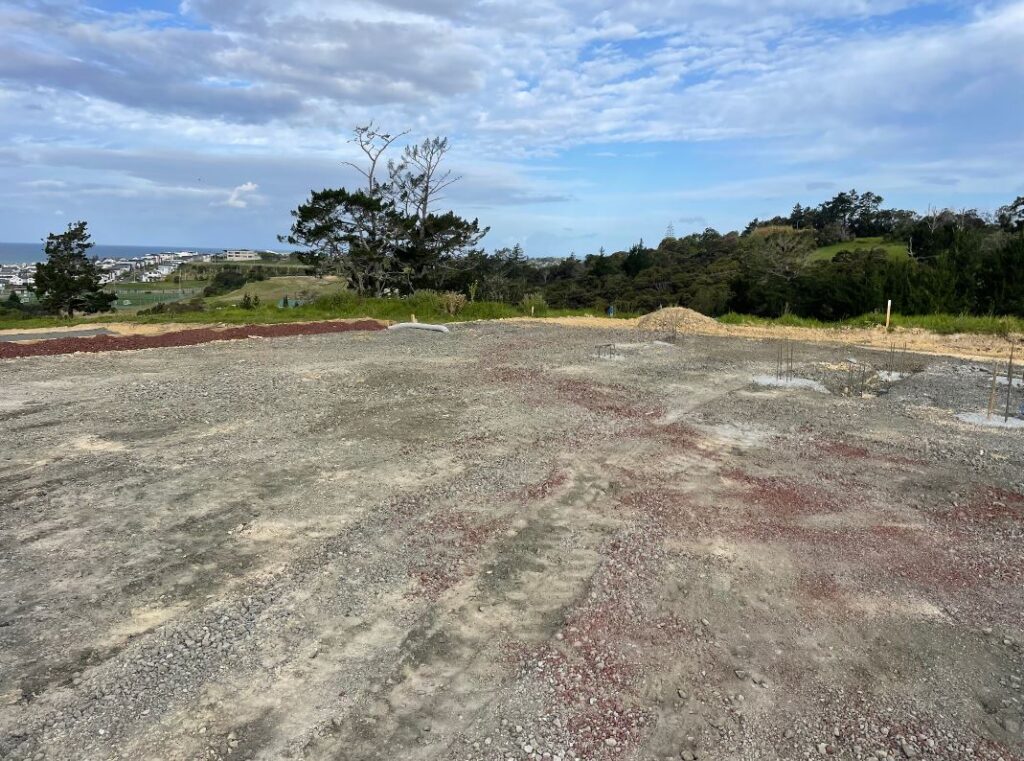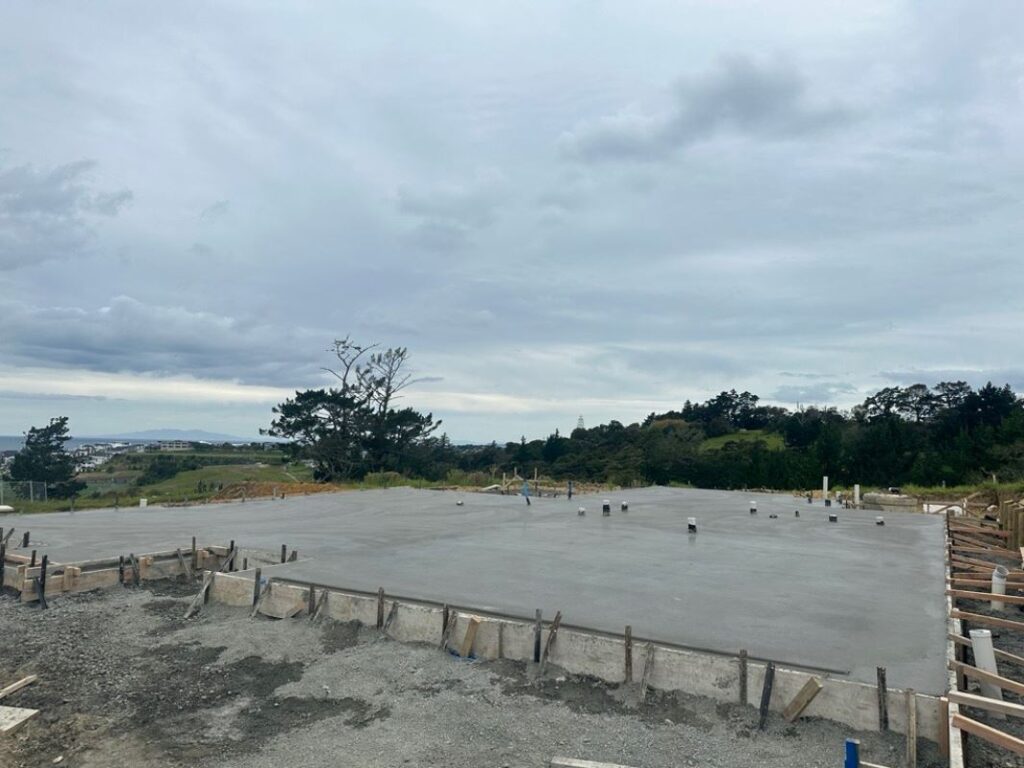“Ensuring Good Ground: The Importance of Site Preparation in Timber-Framed Buildings in New Zealand”
Building a new home is a significant investment and it is important to ensure that the foundation of the building is solid and stable. In New Zealand, the standard for timber-framed buildings, NZS 3604:2011, provides guidelines for ensuring good ground conditions. In this blog, we will take a closer look at what “good ground” means and why it is so important for the longevity and stability of a building.

What is Good Ground?
Good ground refers to the quality of the soil and subsoil beneath a building site, and the preparation of the site for the foundation. Good ground conditions ensure that the building will be stable and not experience movement or settling over time. A site with good ground conditions has the following characteristics:
- Adequate stability and bearing capacity to support the weight of the building and its occupants
- Suitable drainage to prevent the accumulation of water and potential damage to the foundation
- Proper compaction of the subgrade to prevent settling and movement
- A flat and level surface to ensure that the foundation is correctly aligned and centered on the site
Why is Good Ground Important for Timber-Framed Buildings in New Zealand? In New Zealand, timber-framed buildings are popular due to their ease of construction and relatively low cost. However, the quality of the site preparation and foundation design is critical to the stability and longevity of these buildings. Poorly prepared sites and inadequate foundations can lead to settling, cracking, and even structural failure over time.
To ensure that good ground conditions are met for timber-framed buildings in New Zealand, the NZS 3604:2011 standard provides guidelines for site preparation and foundation design. This includes the excavation and backfilling of the foundation, the compaction of the subgrade, and the provision of a suitable drainage system. The standard also outlines the minimum requirements for concrete footings and slab-on-ground foundations, including the thickness of the concrete and the type of reinforcing steel that must be used.

Conclusion
Ensuring good ground conditions is an important part of building a stable and long-lasting timber-framed building in New Zealand. By following the guidelines set out in the NZS 3604:2011 standard, construction professionals can ensure that the foundation of the building is solid and stable and that the building will not experience movement or settling over time. Whether you are a first-time home builder or an experienced contractor, it is important to be familiar with the requirements set out in this standard to ensure the success of your building project.